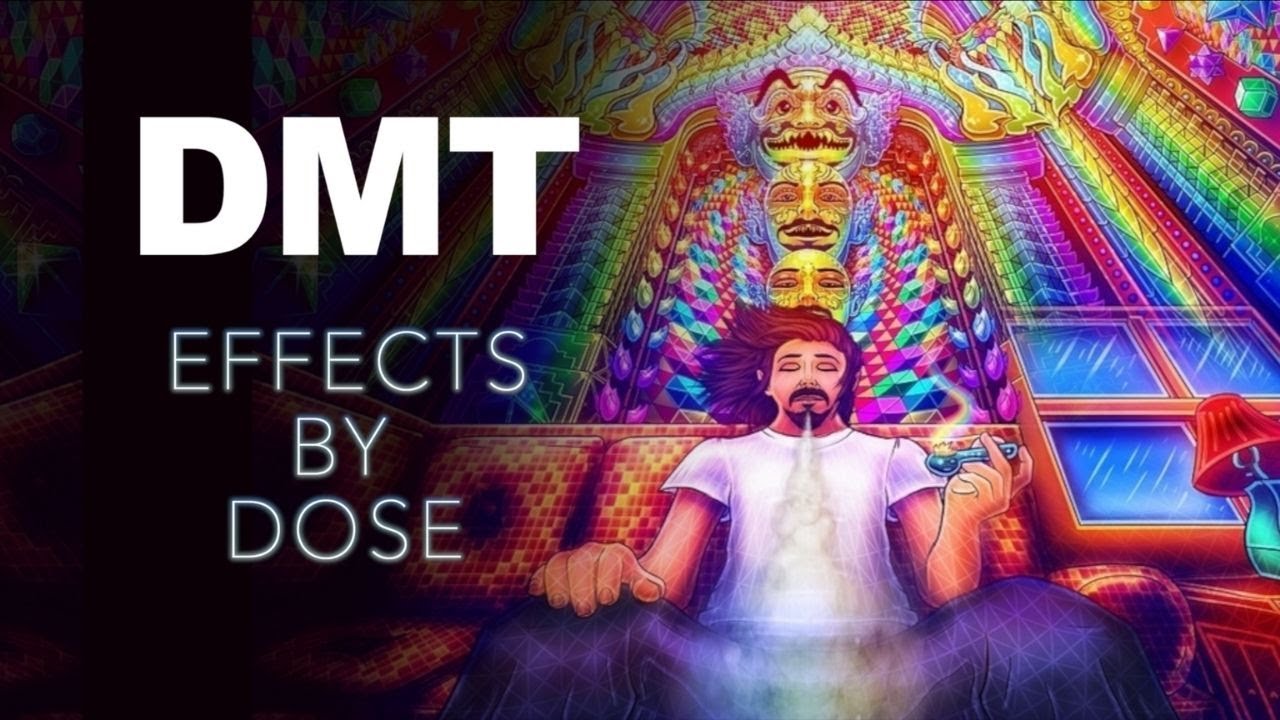Uncategorized
Exploring the Frontiers of Consciousness: Understanding DMT and Its Effects
Introduction
DMT (N,N-Dimethyltryptamine) is a powerful psychedelic compound that has captivated scientists, philosophers, and spiritual seekers alike. Found naturally in numerous plant species and produced endogenously in humans, DMT has been a subject of fascination for decades. In this blog post, we’ll delve into the fascinating world of DMT, exploring its history, chemical composition, effects, and cultural significance.
History of DMT
The story of DMT begins in ancient cultures, where it was revered for its spiritual and medicinal properties. The indigenous peoples of South America, particularly the Yanomami tribe, have used DMT-containing plants in shamanic rituals for centuries. These rituals were believed to facilitate communication with spirits and ancestors, showcasing the profound impact DMT had on traditional belief systems.
Fast-forward to modern times, and DMT continues to intrigue researchers and enthusiasts alike. In the 1950s, Swiss chemist Albert Hofmann synthesized DMT, marking the beginning of scientific investigation into this enigmatic molecule.
Chemical Composition
DMT is a tryptamine alkaloid, structurally similar to serotonin. Its chemical formula is C12H16N2O. When ingested, DMT produces intense visual effects and altered states of consciousness, typically lasting between 30 seconds to several minutes.
Effects of DMT
The effects of DMT are nothing short of remarkable:
• Visual Hallucinations: Users often report vivid, kaleidoscopic patterns and geometric shapes. • Altered Perception: Time dilation, depersonalization, and changes in body image are common experiences. • Intense Emotional States: Users frequently report profound feelings of joy, fear, and spiritual connection. • Machine Elves: Many users describe encountering strange, sentient beings known as “machine elves.”
It’s important to note that the effects of DMT can vary greatly between individuals and depend heavily on set (mental state) and setting (environment).
Cultural Significance
DMT has played a significant role in various cultures throughout history:
• Shamanism: Used in traditional healing ceremonies and spiritual rituals. • Art and Literature: Inspiring countless works of art, music, and literature. • Spiritual Practices: Some modern spiritual movements incorporate DMT use in their practices.
Scientific Research
While DMT remains illegal in most countries, including Australia, scientific interest continues to grow:
• Neurological Studies: Researchers are exploring DMT’s potential in treating mental health conditions. • Endogenous Production: Scientists are investigating whether DMT is produced naturally in the human brain. • Psychedelic-Assisted Therapy: Clinical trials are examining DMT’s potential therapeutic applications.
Safety Considerations
As with any psychoactive substance, it’s crucial to approach DMT use responsibly:
• Legal Status: Always check current laws regarding psychedelic substances in your jurisdiction. • Set and Setting: Ensure a safe, controlled environment for use. • Dosage: Start with low doses and gradually increase under experienced guidance. • Medical Screening: Consult a healthcare professional before use, especially if you have pre-existing medical conditions.
Conclusion
DMT represents a fascinating frontier in our understanding of consciousness and perception. While its use remains controversial, ongoing research and cultural exploration continue to shed light on this enigmatic compound. Whether viewed through the lens of science, spirituality, or art, DMT offers us glimpses into the vast realms of human consciousness.
Remember, with great power comes great responsibility. Approach DMT use with caution, curiosity, and an open mind. Whether you’re a seasoned enthusiast or just starting your journey, we hope this guide has provided valuable insights into the world of DMT.


Hi, this is a comment.
To get started with moderating, editing, and deleting comments, please visit the Comments screen in the dashboard.
Commenter avatars come from Gravatar.